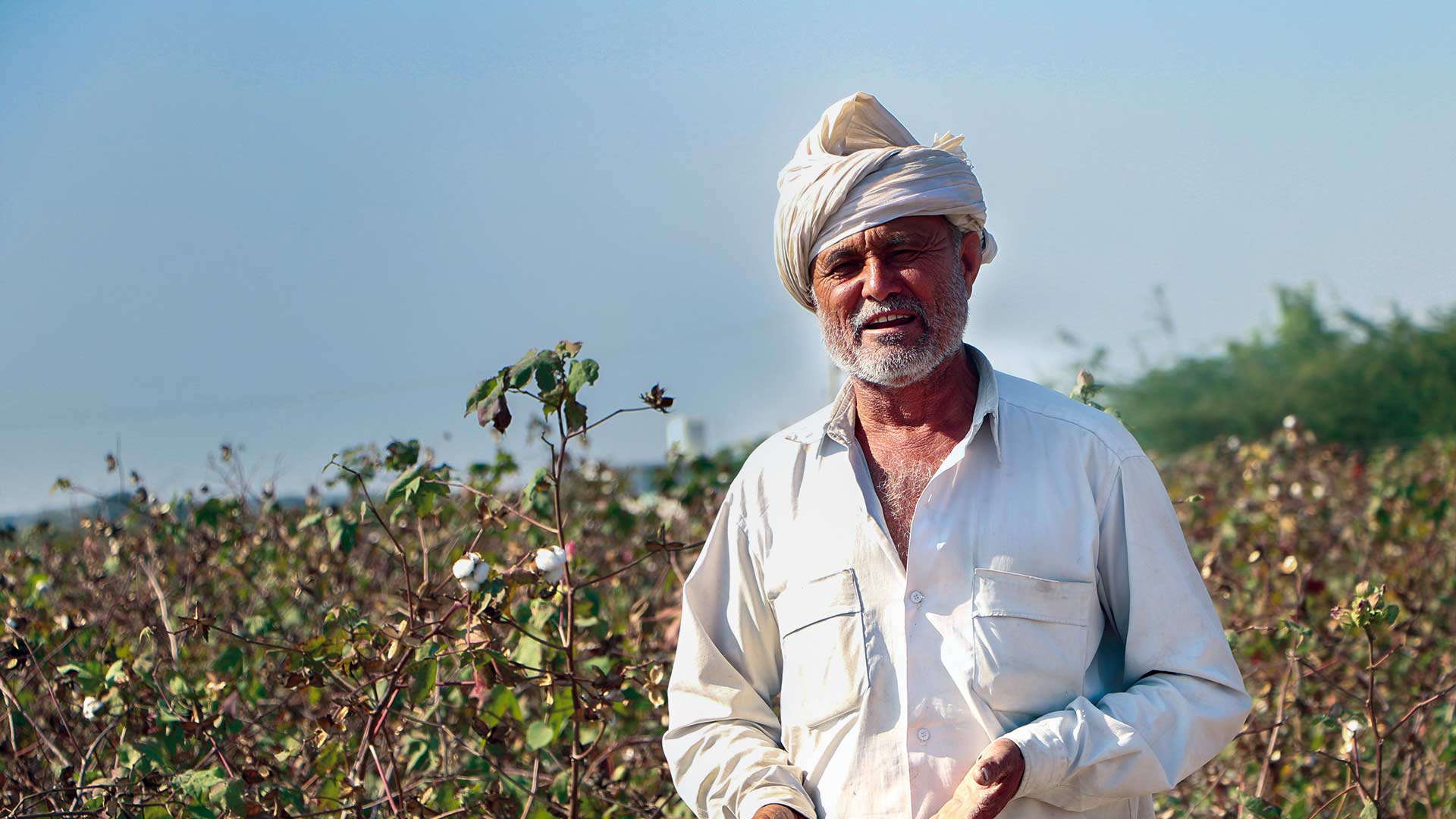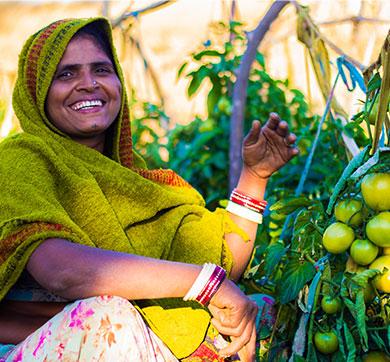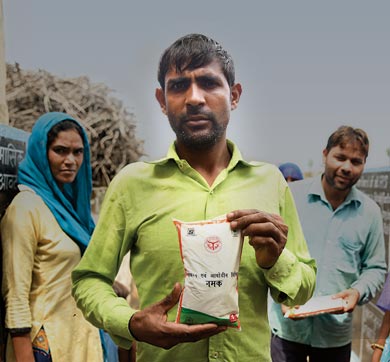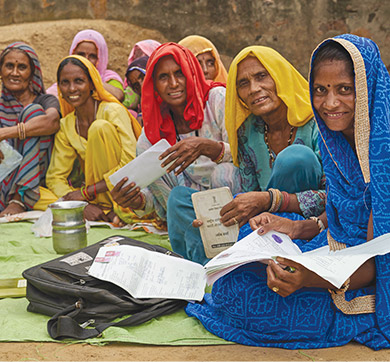June 2021 | 1285 words | 5-minute read
There is a universal rule that applies when a large group of people get together for any particular effort,” says Gohil Girvarsinh with conviction. “There will be a revolution.”
It’s not an upheaval or a call to rebellion that the 42-year-old farmer has his mind on. Mr Girvarsinh’s revolution is bound to the land and the soil of his homestead in Dihor village in Gujarat’s Bhavnagar district, and just as closely to the two elements of nature that define their well-being — earth and water.
A profound and far-reaching transformation in ways of thinking and behaving is what Mr Girvarsinh is hoping for. “Only if every farmer here engages in new methods of agriculture will there be real change,” he says. That’s the task the Coastal Salinity Prevention Cell (CSPC) — established in 2008 by the Tata Trusts, Ambuja Cement Foundation and the Aga Khan Rural Support Programme — has set itself in regions bordering the Gujarat shoreline, primarily across the Saurashtra coast and also in Kutch.
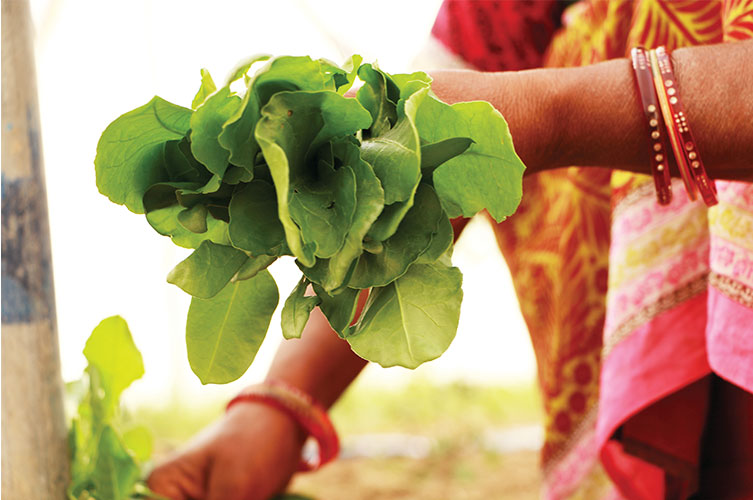
Slithery adversary
Mr Girvarsinh is one of about 65,000 farmers and their families that CSPC strives to enable in coping with a multitude of challenges. Many of these are common across regions dependent on rainfed agriculture, not least the pernicious consequences of climate change. In coastal Gujarat and its 2,500-plus villages, the problem is exacerbated by a slithery adversary that is gaining ground by the day: salinity ingress, or the seeping in of salt from the sea into groundwater and soil.
Farming is the most important component in CSPC’s comprehensive spread of programmes to improve lives and livelihoods. Productivity, water use, soil health, disease and pest management, agriculture value chains and climate-resilient cropping — the organisation covers a wide spectrum of themes and concerns that the state’s seaside-bound farmers struggle with.
The complications these farmers face can be pinned in part to geography and historically adverse climatic conditions. Coastal Gujarat is a dry and arid zone, lacking for large and perennial water bodies and with little by way of monsoon rains. Groundwater is the principal source for irrigation and its reckless exploitation over the decades has hurt productivity and undermined livelihoods. Salinity ingress, present up to 15km inland, can be blamed on such exploitation.
It is exceptional, given the circumstances, that this remains the groundnut belt of India (about 60% of the country’s produce is from the region). Among the reasons for the abundance are the intensity of the agriculture practised and the fact that groundnut does not require much water. The salinity alarm would not have sounded so grave if farmers had stuck to groundnut. But the cultivation of cotton, which requires much more water, has taken hold here and that has aggravagated the distress.
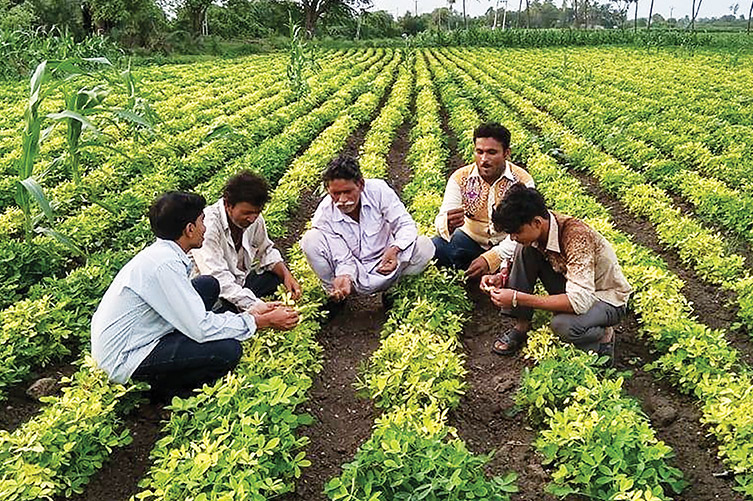
Full-blown trouble
Monocropping — growing the same crop on the same plot of land year after year, a method that sucks nutrients out of the soil — minimal technical inputs and the rampant use of pesticides have worsened the situation. Add it up and what you get is a full-blown crisis.
Stopping the salinity tide from making further inroads is impossible but it can be slowed — by the sensible and frugal use of water resources, building salinity resilience in crops, promoting superior irrigation techniques, and by introducing high-yielding seed varieties.
CSPC has endeavoured to do all of this and more while working to bring the farming community together. One impediment is that farmers in Saurashtra tend to be individualistic, which makes harnessing the power of the collective less than easy in the region.
Manjibhai Nakum, a 54-year-old farmer from Kotadi village in Amreli district, recalls the time from before CSPC’s involvement and what has happened since. “I used to sit with neighbours and relatives and discuss our troubles but it was just talk; it never translated into anything,” he says. “CSPC offered us a platform where we could come together and learn from one another.”
Agriculture is the only vocation Mr Nakum is familiar with and it has shaped his life, but he was limited by his milieu. “We don’t learn from our experiences until we reflect on it. This programme has always been about experience sharing and it has awakened the community. We have a gained a lot in terms of services and knowledge but, as the saying goes, there is always scope for betterment.”
Chaturbhai Dobariya, a 59-year-old farmer from Charodiya, also in Amreli, jumped at the opportunity of joining the CSPC initiative and has seen his yield per acre — he grows groundnuts, cotton and onions — rise substantially since. “Anything that’s unconventional or new and related to agriculture excites me,” he says. “I did not really know about good agricultural practices and the science behind them. Now I do and that has been a big help.”
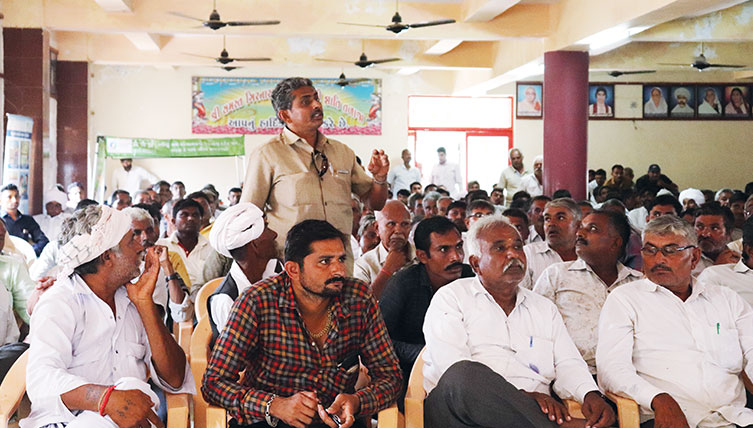
Searching for more
Productivity is a key factor in the project and CSPC has gone the distance on this through a range of initiatives: with cotton, detopping (nipping the main stem to increase yield) and transplantation of seedlings developed in local nurseries; intercropping with pulses to diversify income sources and reduce risk; fostering newer varieties of groundnuts for cultivation; and supporting horticulture activities and kitchen gardens.
Water-use efficiency has got a lift with drip, sprinkler and laser irrigation systems; there are moisture meters to optimise the watering of fields; and alternate furrow irrigation to save water. Soil health has been enhanced through testing and by using biopesticides, farmyard manure and mulching. The natural has also been preferred to the chemical in disease and pest management.
Sustaining the agricultural value chain is as vital a measure as any to secure remunerative incomes for farmers. This unfolds in the CSPC design through collectives that bank on the strength in numbers of farmers. Bulk procurement of inputs lowers costs and collective selling ensures that farmers get a fair price for their produce.
The degree of difficulty in getting these different pieces in order has been high for CSPC. “Salinity is a complex issue and approaches to mitigate it have to be systematic and demand driven,” says programme officer Meghal Soni, who has been associated with the initiative for the past five years. “There are two broad solutions: manage salinity and live with it. Multiple interventions are required and, alongside, you have to educate farmers about how and why things are going bad.”
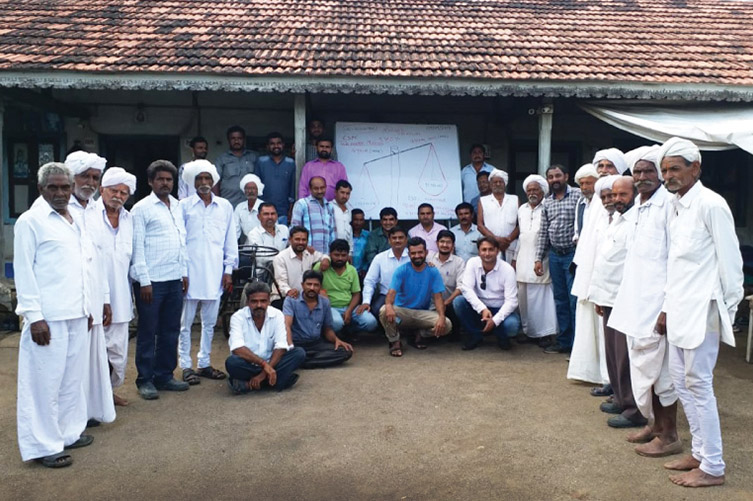
The traditional farmer mindset — more water, more crop — is the toughest roadblock CSPC confronts in realising its objectives. “This is basically about overexploiting resources,” explains Arun Pandhi, director, programme implementation, at the Tata Trusts. “The farmers of Saurashtra will use every last drop of water to put additional acreage under agriculture. That was fine once upon a time because these were good growing areas. Not anymore.”
Mr Pandhi is certain that tackling the cause rather than the symptoms is the need of the moment. “You have to find enduring solutions to make agriculture sustainable again. What makes it challenging is that the farmer is not particularly concerned about the environment, to be honest. He’ll worry about it next year, not this year, not now. That’s how he’s wired.”
Apoorva Oza, CSPC’s chairman, believes the organisation, having put in the hard yards, is better placed than ever to achieve its goals. “The farming community in coastal Gujarat is fully aware that salinity is something that can’t be blamed on nature,” he says. “They are part of the problem and, therefore, part of the solution. That much has been internalised.”
—Philip Chacko
Source: Tata Trusts' Horizons, April 2021 issue




